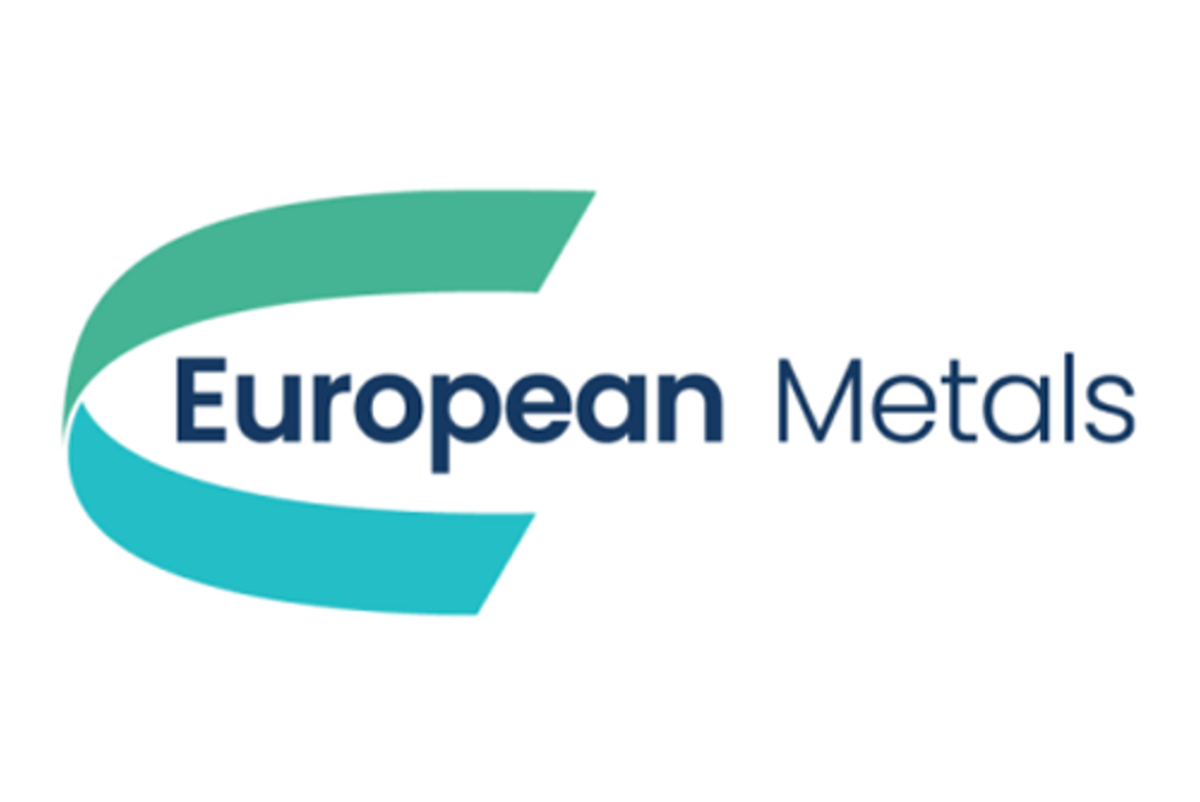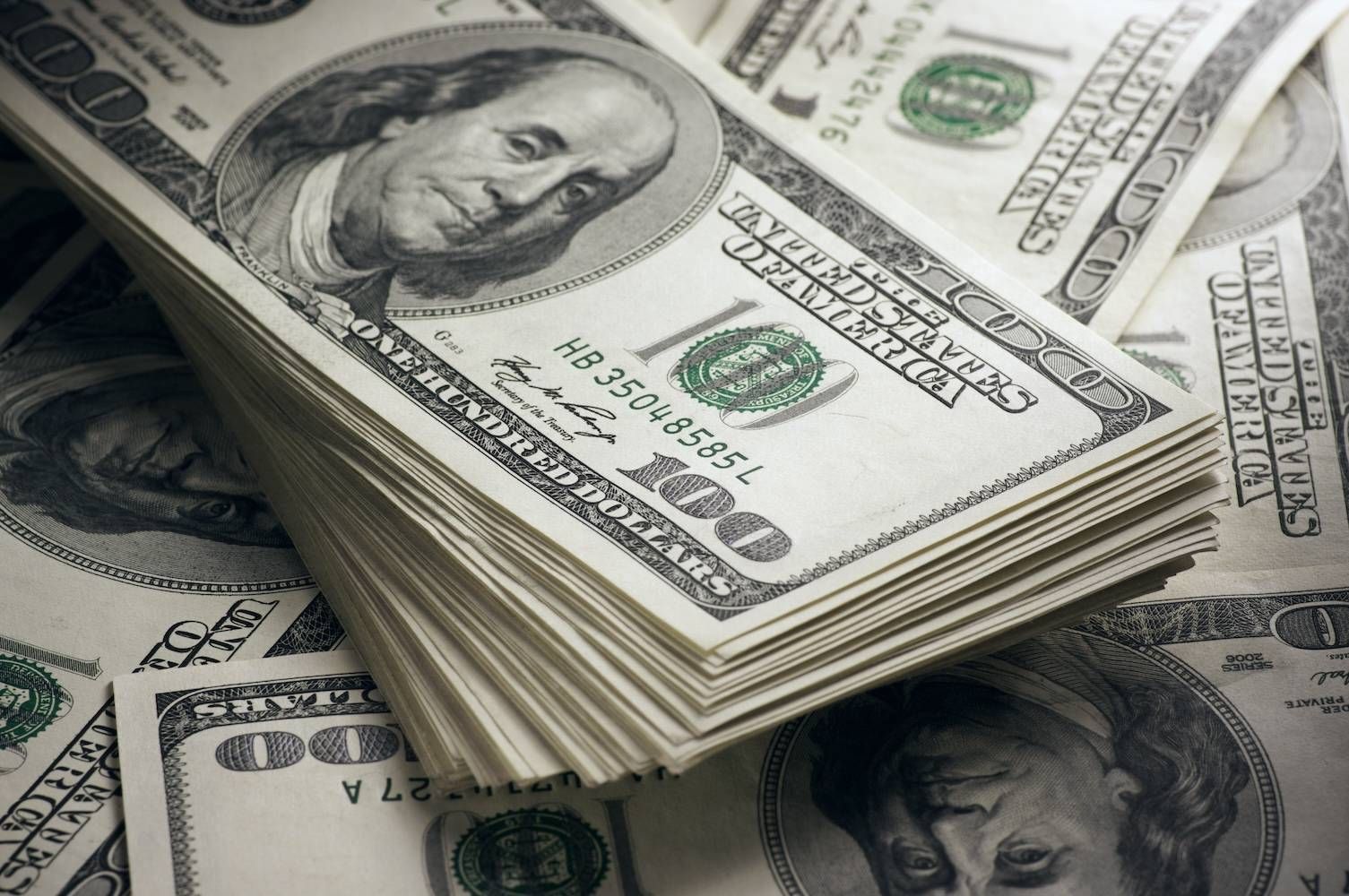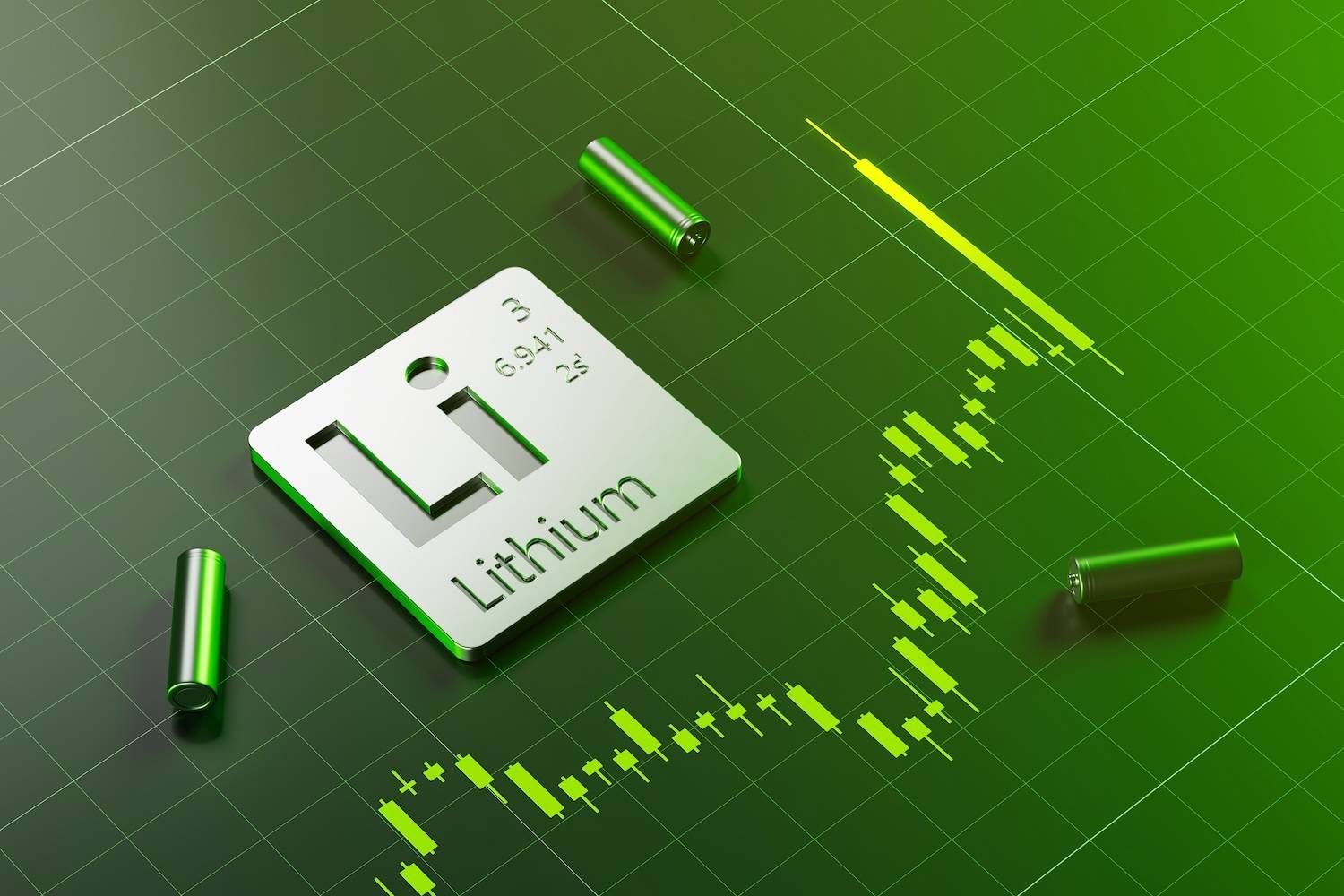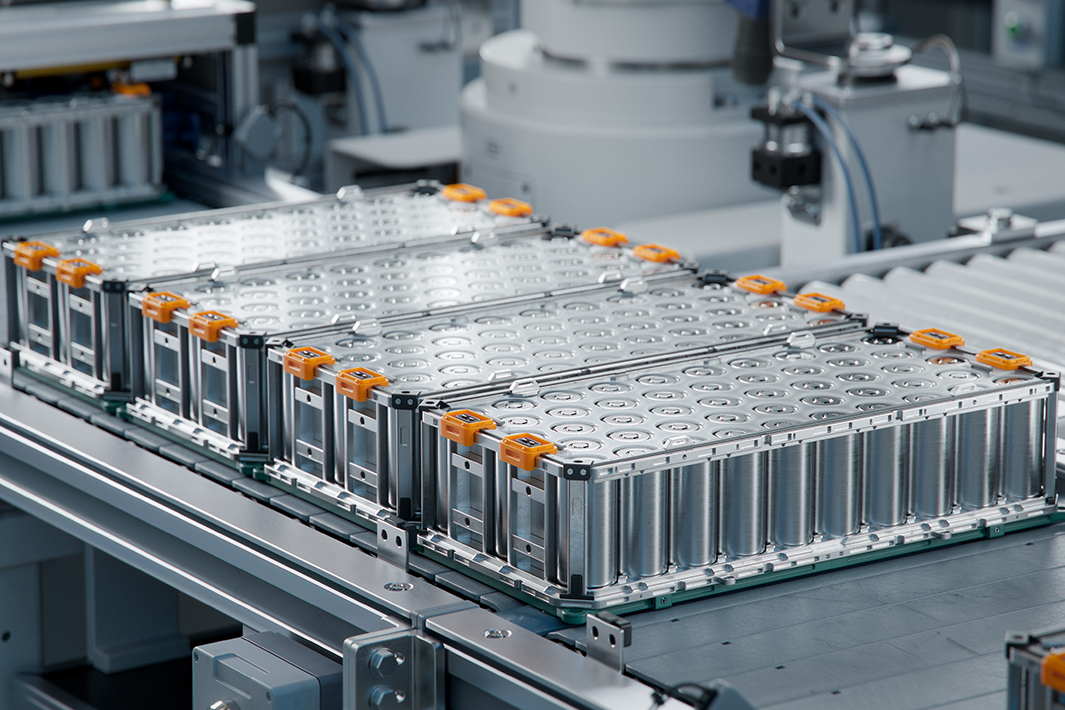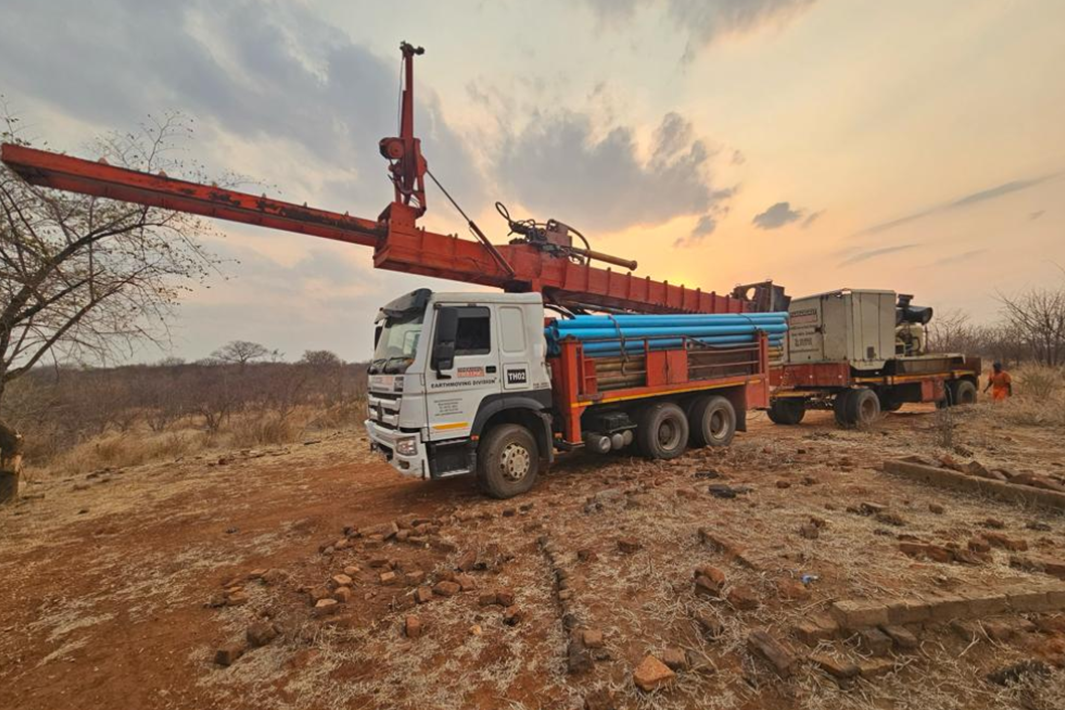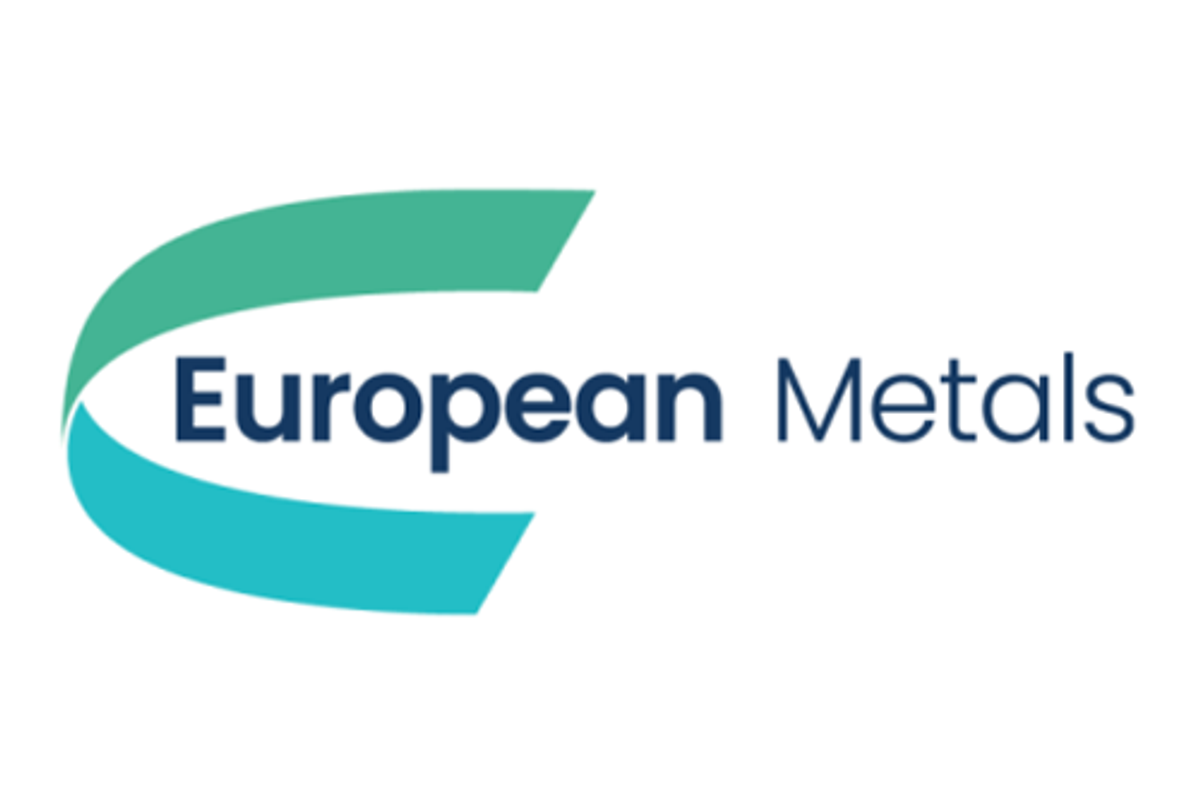
October 31, 2022
European Metals Holdings Limited (ASX & AIM: EMH, OTCQX: EMHXY, ERPNF and EMHLF) (“European Metals” or the “Company”) is pleased to provide an update on its activities during the three-month period ending 30 September 2022 highlighting the continued progress in the development of the globally significant Cinovec Lithium/Tin Project (“the Project” or “Cinovec”) in the Czech Republic.
Post the reporting period, the Company also made two very significant announcements.
Firstly, the Company announced that it had finalised a considerably simplified Lithium Chemical Plant (“LCP”) flowsheet with the initial six locked cycle test (“LCTs”) providing 99.99% pure Lithium Carbonate. The LCTs were completed at ALS Global in Perth and demonstrated overall lithium recoveries of 88-93%, (refer to the Company’s release dated 31 October 2022) (Simplified Extraction Process delivers exceptionally clean battery grade lithium products with improved economics).
The simplified flowsheet precipitates lithium phosphate directly from the polished PLS and then goes on to clean the lithium phosphate to enable precipitation of a much cleaner crude lithium carbonate. The final purification step of bicarbonation and re-precipitation is the same as in the earlier flowsheet, but the end-product is of even higher quality due to the input crude lithium carbonate being much cleaner. The simplification of the central section of the LCP flowsheet reduces the number of basic chemical engineering unit processes (after the initial roast/water leach) from 15 to 7. The revised process also results in the elimination of all energy-intensive cooling processes.
The Company has been advised by its principal hydrometallurgical adviser, Lithium Consultants Australasia (LCA), that the changes to the LCP noted above are expected to reduce both Capex and Opex in the LCP by 10-20%. The Capex reduction is based upon the fact that the simplified flowsheet requires the use of only two crystallisers vs the four crystallisers and 1 evaporator in the original flowsheet. The similar reduction on Opex in achieved through reduced power use resulting from not having to operate the additional equipment.
The Company expects that lower reagent use, and the elimination of all process cooling steps will change the environmental footprint of the project positively, reducing the chemicals and energy required in the LCP process.
As can be seen from the table, the crude lithium carbonate first precipitated (i.e., with no purification or re-precipitation steps) meets the battery-grade specification for 10 of the 14 impurity thresholds.
The battery-grade lithium carbonate recrystallised after a single bicarbonation step shows an exceptionally clean battery-grade material.
A provisional patent application covering the simplified flowsheet has been lodged by the Company on behalf of Geomet s.r.o. to protect what the Company believes to be a very valuable and simple process to produce battery grade lithium carbonate or hydroxide from any lithiferous ore.
Secondly, the Company announced the appointment of Luthardt Investment GmbH, (“Luthardt”) a Berlin-based consultancy specialising in energy production and government relations support to large infrastructure projects internationally. Luthardt is led by Sven Luthardt, who has broad business experience supporting companies in Europe and the Middle East, particularly in the field of Government relations.
Luthardt will advise the Company as well as the project company, Geomet, on EU and national government-level relations, with the aim of promoting official support of the Cinovec Project. In consideration for the engagement, the Company will issue Luthardt a total of 2 million unlisted options to acquire fully paid ordinary shares, exercisable at AU$0.80 on or before 30 December 2023, which shall vest in two equal tranches, subject to milestones tied to achievement of downstream partnerships and policy support for the project in Germany being met, (refer to the Company’s release dated 28 October 2022). (Engagement of German strategic energy investment adviser)
Otherwise, the quarter was marked by continued progress by the Company towards finalisation of the Definitive Feasibility Study (“DFS”) together with ongoing discussions with prospective offtakers and Project Finance participants. From a macro perspective, the price for lithium remains extremely strong with Lithium Carbonate setting all time high prices in October and the expectation of continuing strong demand within the European Union for lithium resulting from the announcement of Gigafactory production capacities of up to 124 GWh to be achieved in the course of 2022. By 2025, this is expected to quadruple to over 500 GWh, and by 2030 even tenfold to up to 1.5 TWh.
There were also significant macro events within Europe for the period that are likely to have a positive effect on the demand for lithium and the support of the Cinovec Project. Amongst these was the announcement of the European Critical Raw Materials Act by European Commission President Ursula von der Leyen in September which is aimed at securing a sustainable EU supply of critical raw materials for Europe and lessening European dependency on certain other suppliers.
The timeline for the completion of the DFS is under review with an announcement in this regard expected imminently. Whilst the work on the DFS is proceeding well, there have been delays in the DFS process caused in part by COVID-19 issues in laboratories, the dramatic upturn in the workload of laboratories and associated reduction in laboratory availability resulting from the increase in demand in the lithium space, and logistical issues caused by the Ukrainian situation. It is not expected that this will delay the critical path of the Project, as during this time the Company will be in the process of finalising permitting and Project Finance matters.
Click here for the full ASX Release
This article includes content from European Metals, licensed for the purpose of publishing on Investing News Australia. This article does not constitute financial product advice. It is your responsibility to perform proper due diligence before acting upon any information provided here. Please refer to our full disclaimer here.
EMH:AU
The Conversation (0)
22 March 2022
European Metals
Developing Europe’s Largest Hard Rock Lithium Deposit
Developing Europe’s Largest Hard Rock Lithium Deposit Keep Reading...
15h
Altius Minerals to Expand Portfolio with C$520 Million Lithium Royalty Deal
Altius Minerals (TSX:ALS,OTCQX:ATUSF) is making a bet on a lithium market recovery, agreeing to acquire Lithium Royalty (TSX:LIRC) in a C$520 million deal that will expand its exposure to battery metals.Under a definitive agreement announced by the two companies on Monday (December 22), Altius... Keep Reading...
23 December
Liontown's First Tjiwarl Member Completes Apprenticeship at Kathleen Valley
Liontown (ASX:LTR,OTC Pink:LINRF) has reached a milestone at its Kathleen Valley operations, with Vaughan Harris becoming the first Tjiwarl community member to complete an apprenticeship with the company.“Being the first Tjiwarl apprentice to complete an apprenticeship here at Liontown feels... Keep Reading...
22 December
Lithium Market 2025 Year-End Review
The global lithium market endured a bruising 2025, with persistent oversupply and softer-than-expected electric vehicle (EV) demand driving prices for the battery metal to multi-year lows.Lithium carbonate prices in North Asia slipped below US$9,550 per metric ton in February — their weakest... Keep Reading...
11 December
Mining the Gap: 5 Forces Shaping North America’s Lithium Supply Chain
A convergence of industry investments, government initiatives and a shifting global trade dynamic is creating an environment ripe for the development of a North American battery supply chain, with lithium playing a leading role. These trends are reshaping the region’s industrial base and opening... Keep Reading...
10 December
Rock Bottom: Strategic Window for Ground-level Lithium Investment
When lithium prices hit bottom, savvy investors know that’s exactly where the next big discovery begins — literally. Beneath the surface of global markets and remote exploration grounds, new opportunities are forming in the wake of a sharp price reset and renewed geopolitical urgency.Recent... Keep Reading...
10 December
Liontown Resources Pens Lithium Offtake Agreement with China's Canmax
Liontown Resources (ASX:LTR,OTC Pink:LINRF) has executed a binding offtake agreement with Chinese conglomerate Canmax Technologies (SZSE:300390) as part of its strategy to diversify its customer base.“Listed on the Shenzhen Stock Exchange, Canmax is one of the world’s leading manufacturers of... Keep Reading...
Latest News
Interactive Chart
Latest Press Releases
Related News
TOP STOCKS
American Battery4.030.24
Aion Therapeutic0.10-0.01
Cybin Corp2.140.00
